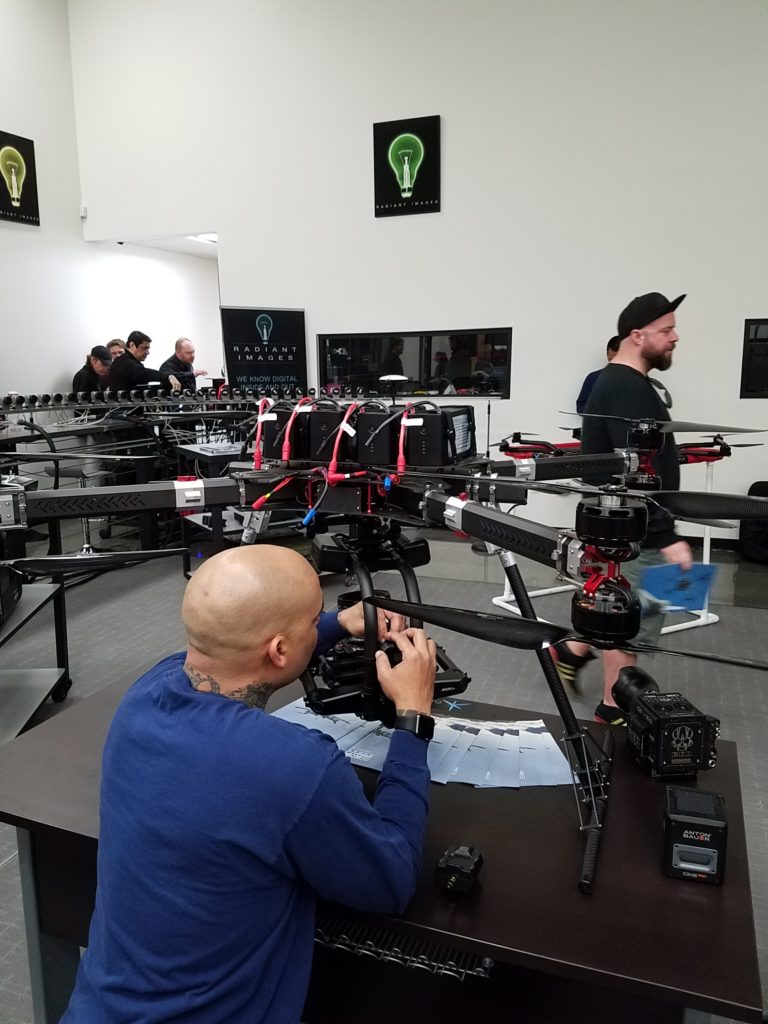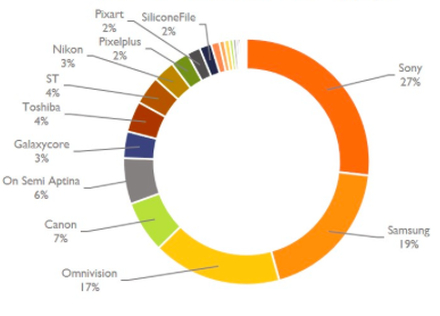Last Saturday (2/25/17) Radiant Images hosted a camera technology hands-on demo day featuring products from RED Digital Cinema, Zeiss Lenses, and DragonFlyUAS.
But it was more than just messing around with new camera hardware. Mike Mansouri, co-founder of Radiant Images, started the day with a panel discussion among industry-leading DPs about how they are using the new tools (4K/8K cameras, VR rigs, and drones) to create compelling content. Cinematographers like Ty Evans, Jim Geduldick, Malik Sayeed, Eve Cohen, Phil Holland, Todd Bell and Michael Muller showed short clips of recent productions ranging from a Beyonce music video to hypnotic aerial photography to dancing with great whites.
A common theme that emerged from the discussion was that “mixed reality” is becoming the new foundation for film making – IE – by including elements of standard image capture with the immersive elements of VR and AR, new ways of storytelling are created.
Kudos to the team at Radiant Images for setting this up – I’m looking forward to more of this in the future!
Here’s a sampling of images from the event:
 Setting up a DragonFly drone to handle a RED Helium 8K camera and a Zeiss PL-mount lens(lower right). Notice the 4 beefy Anton Bauer batteries. I was told that this unit has a 55 lb. capacity and a flying time of 20 minutes.
Setting up a DragonFly drone to handle a RED Helium 8K camera and a Zeiss PL-mount lens(lower right). Notice the 4 beefy Anton Bauer batteries. I was told that this unit has a 55 lb. capacity and a flying time of 20 minutes.
Nice “bullet time” array of 38 cameras tied together in a NetGear box.
Flying a drone with the RED Helium 8K camera and Zeiss lens

